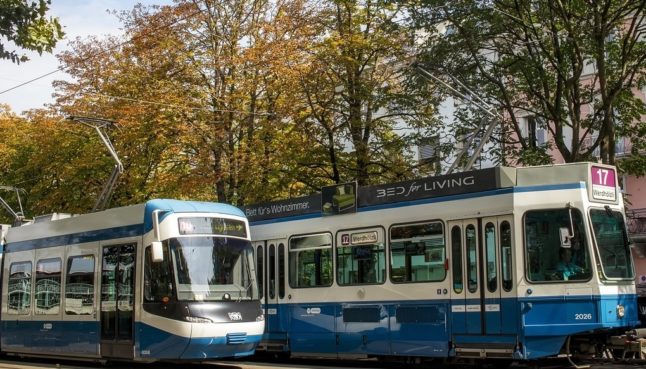When the weather turns cold this coming winter, many Zurich residents may look back at this year’s heatwave with longing and nostalgia.
That’s because gas shortage is looming, as a consequence of Russia’s invasion of Ukraine.
In order save electricity, the city’s government will call on households to lower the temperature from the usual 23 degrees to 20.
“If all households were to implement this, it would make a difference overall,” said Martin Neukom, head of Zurich’s construction sector.
Other cantons are getting ready for the impending gas crisis as well, not ruling out countrywide restrictions on electricity consumption.
Swiss news outlet 20 Minutes reports that cantons could put in place strict gas quotas in order to ensure supply.
How reliant is Switzerland on Russian gas?
While the reliance on Russian oil is comparatively minimal, Switzerland has a heavier reliance on Russian gas.
Natural gas provides around an eighth of Switzerland’s total energy supply.
Problematically, Switzerland does not have any capacity to store gas in order to prevent insecurity of supply. This is despite a federally mandated store of a variety of other things, including foodstuffs and medication.
Ukraine invasion: How reliant is Switzerland on Russia for energy?
Switzerland buys most of its gas through various European distribution centres, although an estimated 47 percent of this is of Russian origin.



 Please whitelist us to continue reading.
Please whitelist us to continue reading.
Member comments